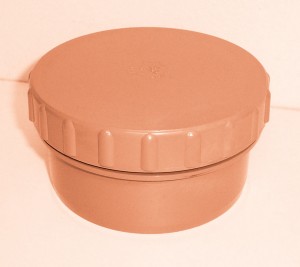What is Pipe Relining?
This entry was posted on Jan 10, 2014 by speedy-bedYou’ve had the plumber in and he said you need your drain pipes relined, but what does that actually mean? Before you pay for someone to do work on your home you’d like to understand a little more about the process. Don’t worry we’re here to help!
What is pipe relining and why do I need it?
In older properties, sewer systems and drainage pipes may suffer from root damage or cracks and holes, whereas many new builds may have unsealed joint connections. In these situations pipe relining may be the most cost-effective solution.
Instead of pulling up your flower beds and digging huge holes in your perfectly manicured lawn, reline your pipes. A plumber will dig a small hole to access the pipe making as little mess as possible and will insert a flexible liner to create an inner tube.
This new pipe relining interior will give a seamless and durable finish which should last for many years to come. With a pipe within a pipe the integrity is restored.
This relining can be done on pipes as small as 100mm in diameter and up to 1.5m culverts.
This is a cost-effective and no-mess solution which will get your drains back to almost new in no time.
How is it done?
Although relining a pipe is quite easy to do it does require the use of expert equipment so the services of a plumber are often required.
The plumber will use a closed-circuit television camera to inspect the line and get a clear view of the issues. They will then take measurements and remove the camera before jet cleaning the dirt and any blockages from the pipe.
Once clean a liner is impregnated with cured in place pipe (CIPP) resin and pushed through the drain. An air bag will also get pushed down the pipe at the same time which will push and hold the resin to the pipe. The liner will then be heated using circulate hot water and once cool should leave behind a brand new pipe within the old.
The plumber will then insert the CCTV camera once again and inspect his work, making sure the problem has been rectified.
Who is responsible?
The answer to this question depends on where the problem lies. A homeowner is responsible for the drainage up until it meets public sewers. Get in contact with the water company and they can let you know if the pipes belong to them and may offer you their services for a fee.
Make sure to check your house insurance as this may cover the costs for you.
Feeling more informed now? Want to go ahead with the work?
For the full list of drainage products and other solutions view our products section, under the plastics section of the site.

